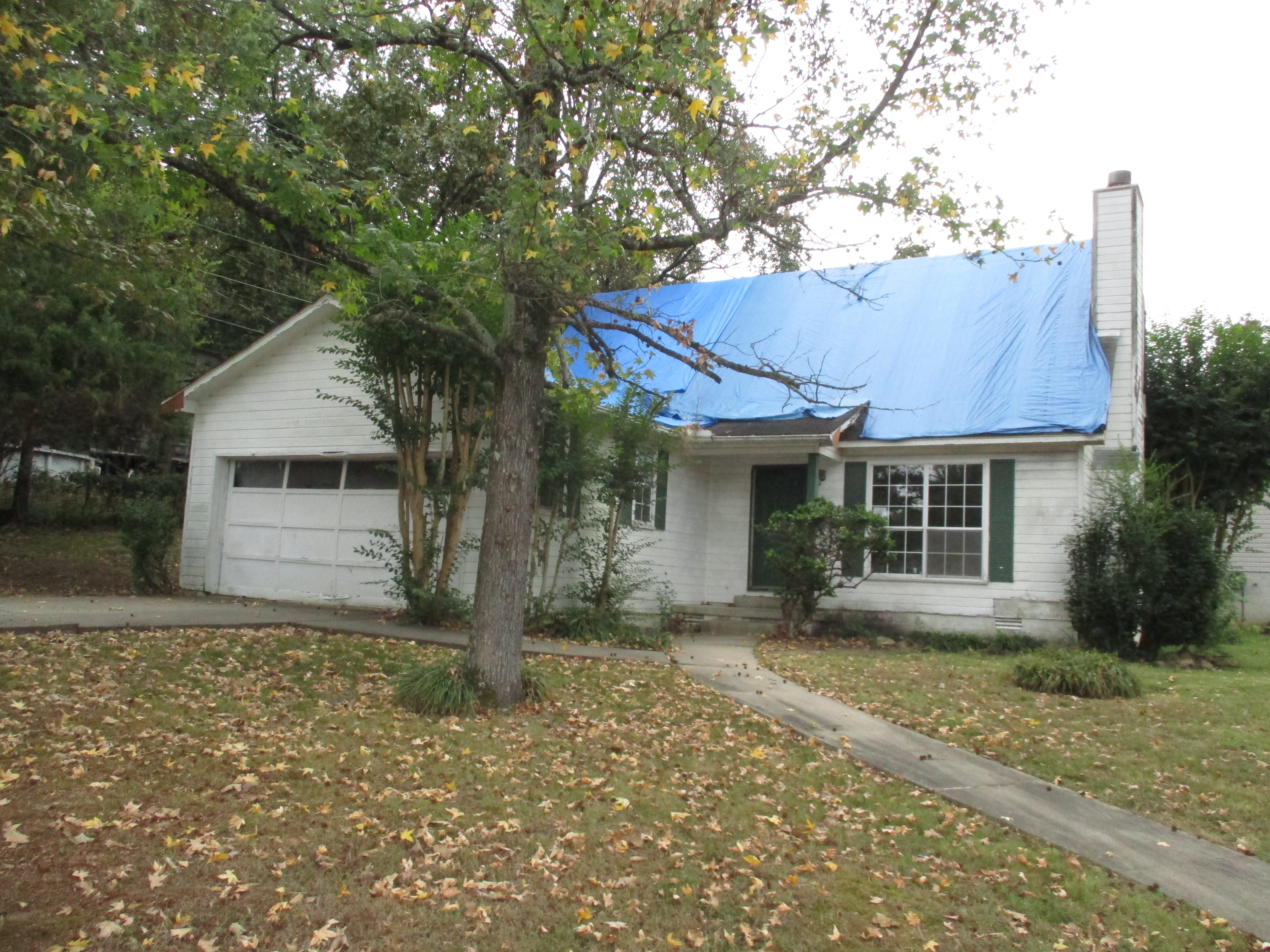 Real estate investment is a time-honored method. There’s no doubt about that. However, the variations within the concept of real estate investing set the stage for questions as to what is truly the best way to invest.
Real estate investment is a time-honored method. There’s no doubt about that. However, the variations within the concept of real estate investing set the stage for questions as to what is truly the best way to invest.
One of the historical problems in real estate investment has been a lack of accessibility. The majority of investments (at least, our conception of them) were apartment builds in primary markets or investing piecemeal through REITs. Those who were rich enough to invest did well, while others saw slow moves in unaffordable markets.
That image of investing in real estate is well in the past by now. Single-family rental properties have been on the rise for over a decade. The number of families living in rental properties has grown some 37 percent since the beginning of the Great Recession. Between 2005 and 2015, over half (56 percent) of rental stock housing gains were attributed to single-family properties.
There’s a clear and increasing demand for single-family rental properties. It’s what we at REI Nation invest in and believe in. But are single-family homes the best strategy for the long-term investor? After all, demand for rentals hasn’t always been so high. Will demand shrink over time, and along with it, opportunities for real estate investors?
3 Signs Pointing Towards a Rental-Rich Future
Real estate market recovery.
In the aftermath of the Great Recession, inventory on the market saw a surge. Foreclosed homes quickly became opportunities for real estate investors to buy premium properties as a dramatically reduced cost. The foreclosures were overwhelming! Ultimately, however, we saw the number of foreclosures drop as the market began to recover and heal.
This led to many real estate investors dropping out and giving up. In turn, this can lead us to the idea that investing in single-family rental properties is only worth it in these sort of extreme circumstances.
After all, if people can buy, why would they choose to rent?
We’re seeing that they do — and in overwhelming numbers. (But we’ll get to that.)
Because the real estate market has recovered, not only in key resilient markets but on the whole, we see those increased rental statistics, particularly for single-family rentals.
Be sure to check out: 6 Signs a Real Estate Market is on the Rise
We see, then, that real estate investment in single-family properties is not reserved for times of economic hardship. If anything, it demonstrates that the model is effective even when the market seems bleak.
Shifting priorities and preferences.
According to the Joint Center for Housing Studies, there are 43 million renter households in the U.S. as of mid-2017. The number is near 44 million households, and The National Multifamily Housing Council points to a high number of renters in single-family homes — 42 percent of all renters and a whopping 45 million people at the end of 2019.
Around the advent of the new millennium, we saw a decreasing demand for rentals. Between 1994 and 2004, the national rentership rate fell from 36 percent to 31 percent. In 2015, that rate was already back above 36 percent. Today, in 2019 (again, according to statistics from NMHC), it is again at 36 percent of households (that is some 43 million in number) and over 100 million individual residents.
High-income rentals grew in popularity, as did rentership among young adults and seniors. The biggest share of the rental demographic, however, was in millennials. Notoriously criticized for not buying homes and thus, hindering post-Recession market recovery, millennials, and the generation after struggle with high debt load and poor credit scores.
This had made home-ownership increasingly unattainable, despite record-low interest rates. Not only are the conditions surrounding the largest share of would-be home buyers challenging, but priorities have shifted as well.
The workforce is more mobile than ever and, in contrast to years past, the current workforce is more likely to change jobs or move around for work. This makes renting a more feasible arrangement.
General investing trends.
Among residents, we have seen that renting and, in particular, renting single-family properties, has been growing in popularity. That’s where we see demand. But even among emerging real estate models — be they short-term rentals or crowdfunding — that buy-and-hold investment in single-family properties is by far the more accessible yet rewarding.
Because demand is high (though the state of the economy no longer necessarily determines rental demand in the face of shifting cultural priorities), investors can see returns over decades of ownership, not only benefiting from passive cash flow but from the appreciation of their properties over time.
We see that other sectors — flippers and luxury rentals specifically — suffer when the economy moves out of its favor. Because single-family rentals are designed as buy-and-hold investments, these shifts have a dramatically smaller impact on demand and profitability.
Ultimately, the best investments are those that grow over a significant amount of time...like single-family rentals. This is particularly true when those rentals are turnkey.
Invest in hand-selected turnkey properties in some of the nation’s strongest markets. Your investing career with REI Nation is just a phone call away!












